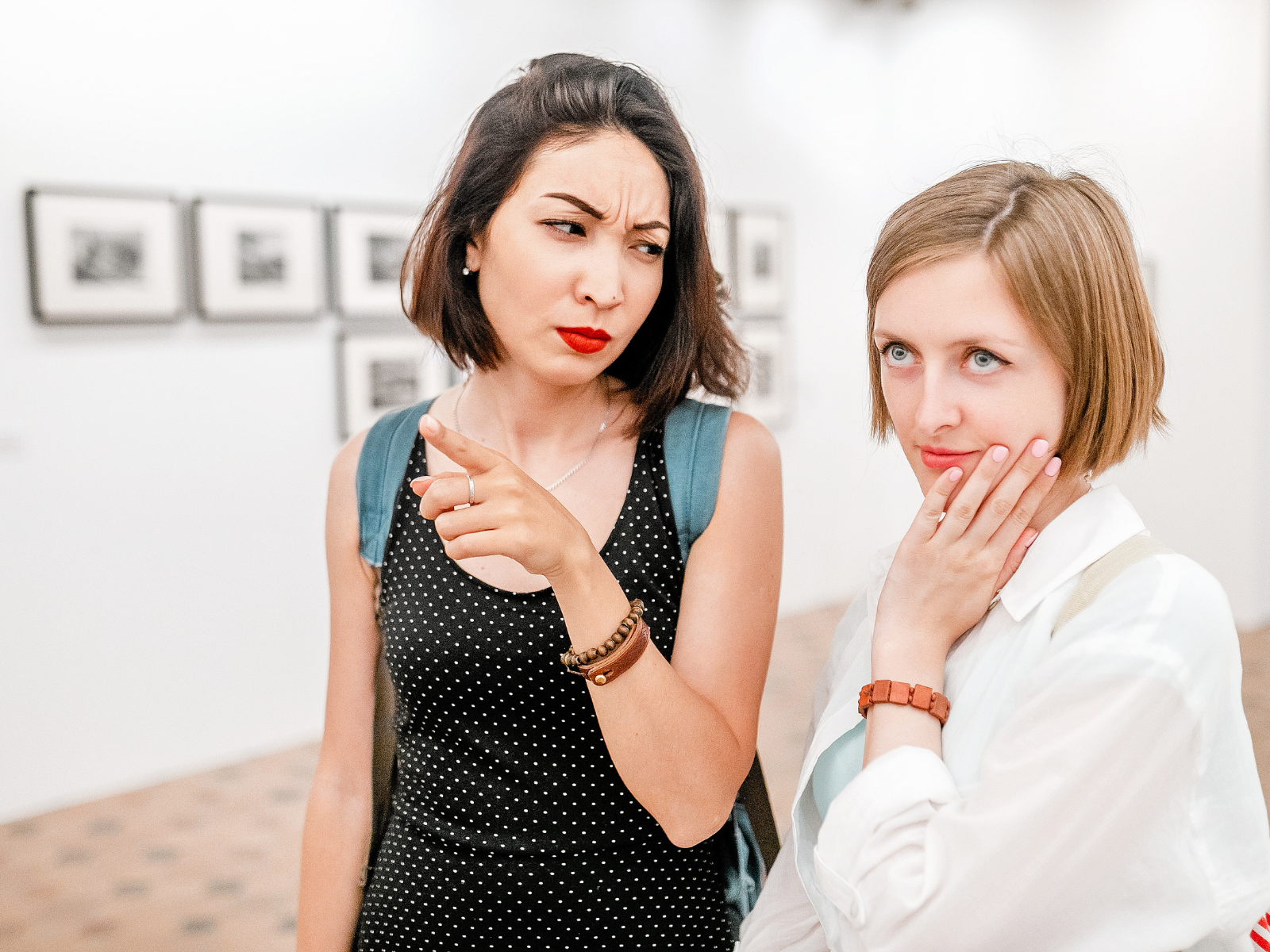Embarking on the journey of art critique is akin to unlocking a treasure chest of insights and perspectives.
Critiquing, an art form in itself, goes beyond mere observation, delving deep into the essence of creativity, whether it be in art, literature, or any other creative endeavor, and involves a deep understanding and thoughtful analysis of the piece in question.
It's a systematic and thoughtful exploration that not only enriches the appreciator's experience but also offers invaluable feedback for the creator's growth.
The steps in critiquing are designed to help individuals not only appreciate art but also can aid in the growth and development of the artist.
This guide is your key to mastering the art of critique, with a step-by-step approach to analyzing and evaluating creative works.
Join us as we navigate through the essential steps of the critique process, with a special focus on art criticism, and learn how to apply these principles to uncover the deeper meanings and intentions behind artistic expressions.
Key Takeaways:
- Understanding the structured approach to critiquing any form of art.
- Learning how to analyze and evaluate artwork effectively.
- Gaining insight into the importance of constructive criticism in the art community.
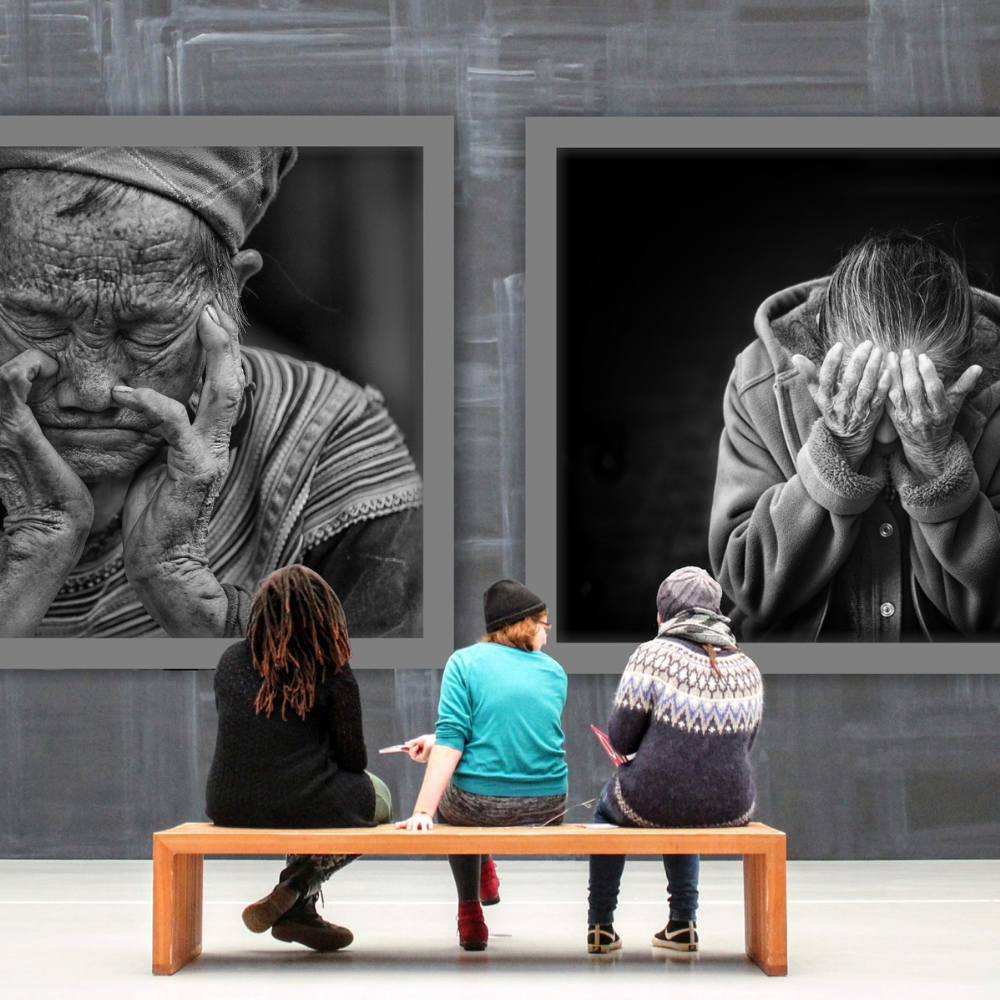


Understanding the Critique Process
The critique process is a critical thinking exercise that encourages the viewer to go beyond their initial impressions and develop a deeper understanding of the artwork.
It involves a series of steps that guide the critic in examining the various elements and principles that make up the piece.
This process is not just about expressing a like or dislike for the artwork; it's about engaging with the piece on a level that reveals its purpose, meaning, and success.
Step 1: Description
The first step in critiquing art is to describe what you see.
This involves identifying the most noticeable aspects of the artwork without making any judgments.
You should note the subject, the elements of art present (such as lines, shape, color scheme, and form), and the principles of design that are applied (like balance, contrast, and movement).
This step sets the foundation for a deeper analysis by ensuring that you are thoroughly familiar with the artwork.
Step 2: Analysis
Once you have described the artwork, the next step is to analyze it.
This involves looking at how the artist has used the elements and principles of art to create the piece.
You should explore the relationship between different parts of the artwork, the techniques used, and the overall composition.
Analysis helps to break down the artwork into its constituent parts, which is essential for understanding the artist's technique and style.
Importance of Context in Critique
Understanding the context in which a piece of art work or writing was created is crucial for a well-rounded critique.
When asking "what are the steps in critiquing," one must not overlook the historical, cultural, and personal circumstances surrounding the creation of the work.
For instance, the significance of a painting can be deeply rooted in the era it was painted, the political climate, or the personal experiences of the artist.
This knowledge can provide depth to the analysis, allowing the critic to interpret the work's message and value with greater insight.
In the realm of literature, the context includes the language, genre, and the author's background.
A reader might miss the point or the intended irony in a piece of writing if they are not familiar with the nuances of the language or the literary traditions it is engaging with.
For example, understanding the plight of women in the 19th century can transform the reading of a novel from that period, revealing layers of meaning that would otherwise remain obscured.
Contextual analysis supports the critic's ability to discover and explain the underlying themes and ideas.
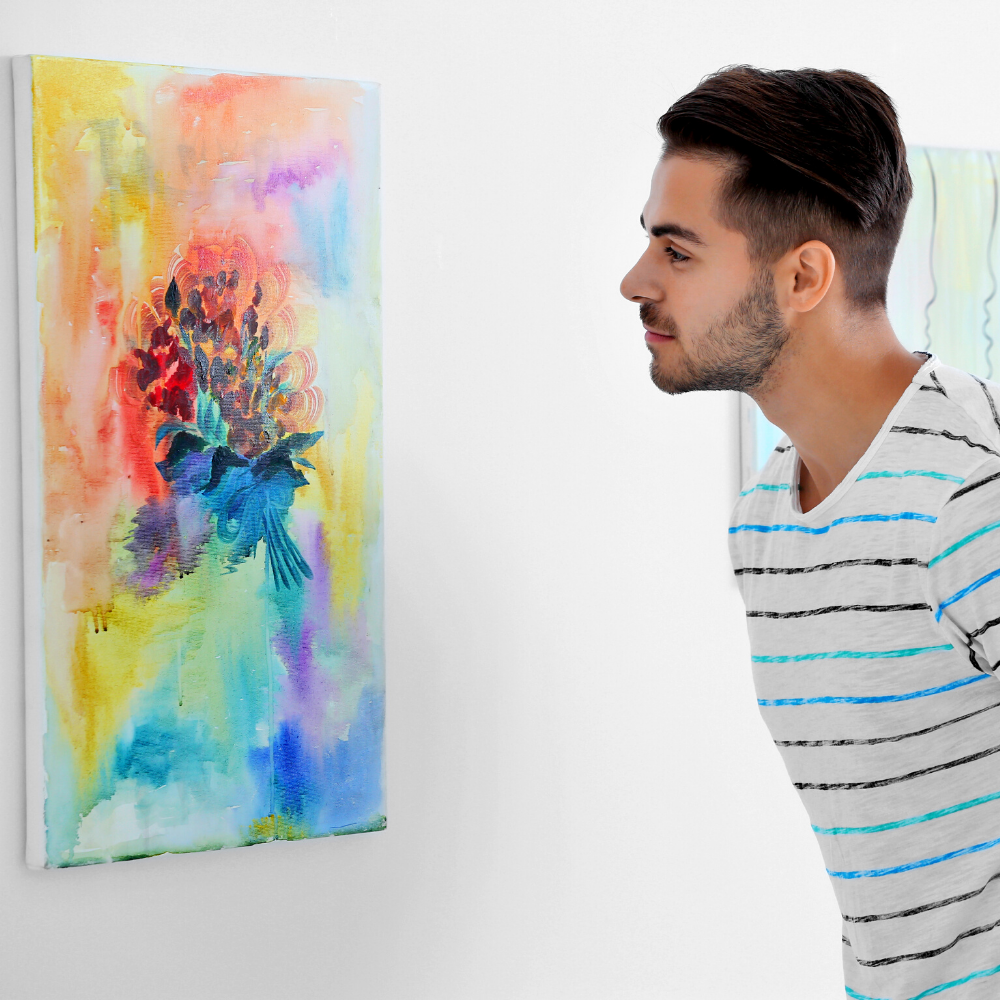

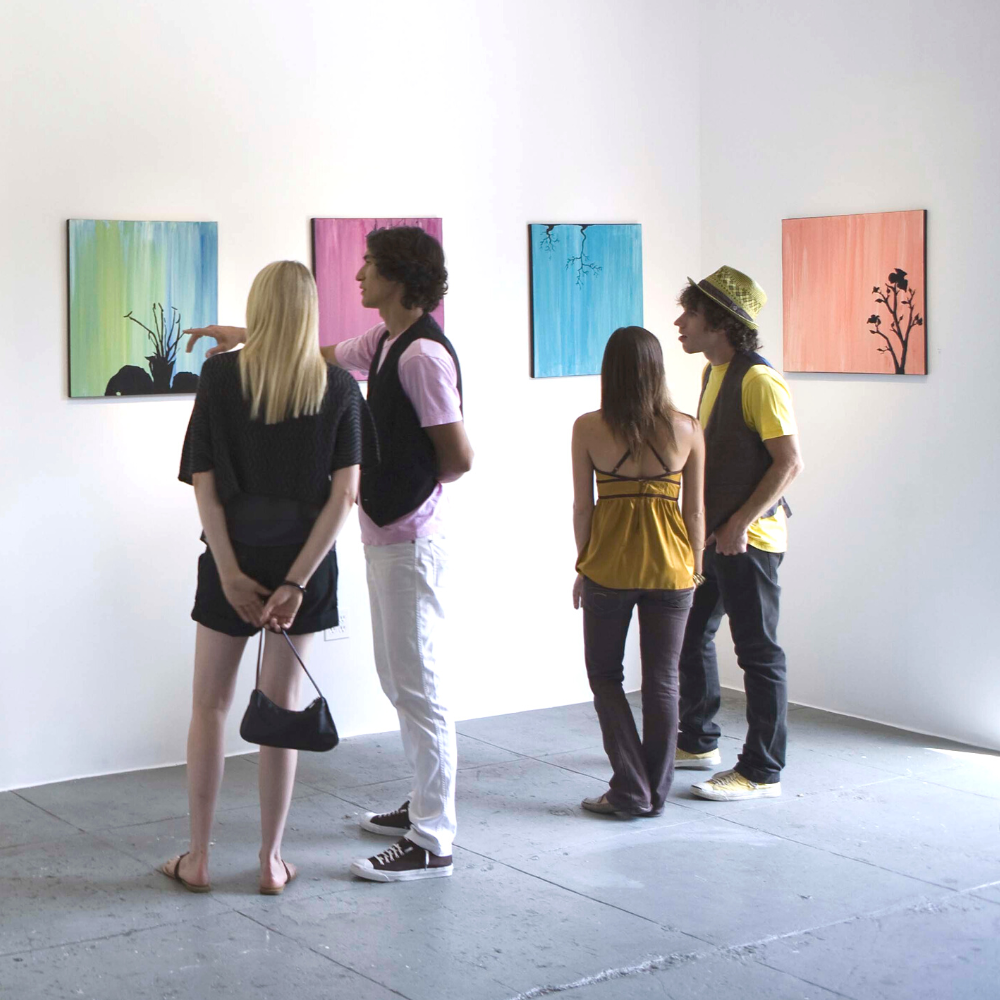
Step 3: Interpretation
Interpretation is where you begin to explore the meaning behind the artwork.
What is the artist trying to express or communicate?
What themes or messages can you identify?
This step requires you to consider the context in which the artwork was created, including the artist's background, the historical period, and any relevant cultural influences.
Interpretation is often subjective, but it should be supported by evidence from the artwork itself.
Step 4: Evaluation
Evaluation is the step where you make a judgment about the artwork.
Is it successful? Does it achieve its intended purpose?
To answer these questions, you must consider the criteria for what makes art effective and how the piece measures up to these standards.
Evaluation is not just about personal taste; it should be based on a clear understanding of the artwork's goals and the extent to which it meets them.
Constructive Criticism and Its Delivery
The art of delivering constructive criticism lies in the balance between pointing out areas for improvement and acknowledging the strengths of the work.
Whether critiquing a drawing, a piece of writing, or any other form of creative expression, it is essential to communicate in a way that is both correct and positive.
The language used should be clear and specific, avoiding vague statements that do not offer actionable advice.
For example, instead of saying "the structure is weak," a more constructive approach would be to point out specific instances where the structure could be tightened.
Moreover, the tone of the critique should be authoritative yet supportive, fostering a discussion rather than a one-sided judgment.
This approach encourages the creator to engage with the feedback and view it as an opportunity for growth.
When critiquing the work of a woman artist or writer, for instance, it is important to be mindful of the language used to ensure it is respectful and free from bias.
By focusing on the work's ideas, execution, and its potential, the critique can serve as a valuable tool for the artist to refine their vision and enhance the overall impact of their art.
Step 5: Conclusion
The final step in the critique process is to write a conclusion that summarizes your overall impressions of the artwork.
This should include a restatement of the main points from your analysis and interpretation, as well as your final evaluation.
The conclusion is your chance to express your complete understanding of the artwork and to present your critique in a coherent and concise manner.

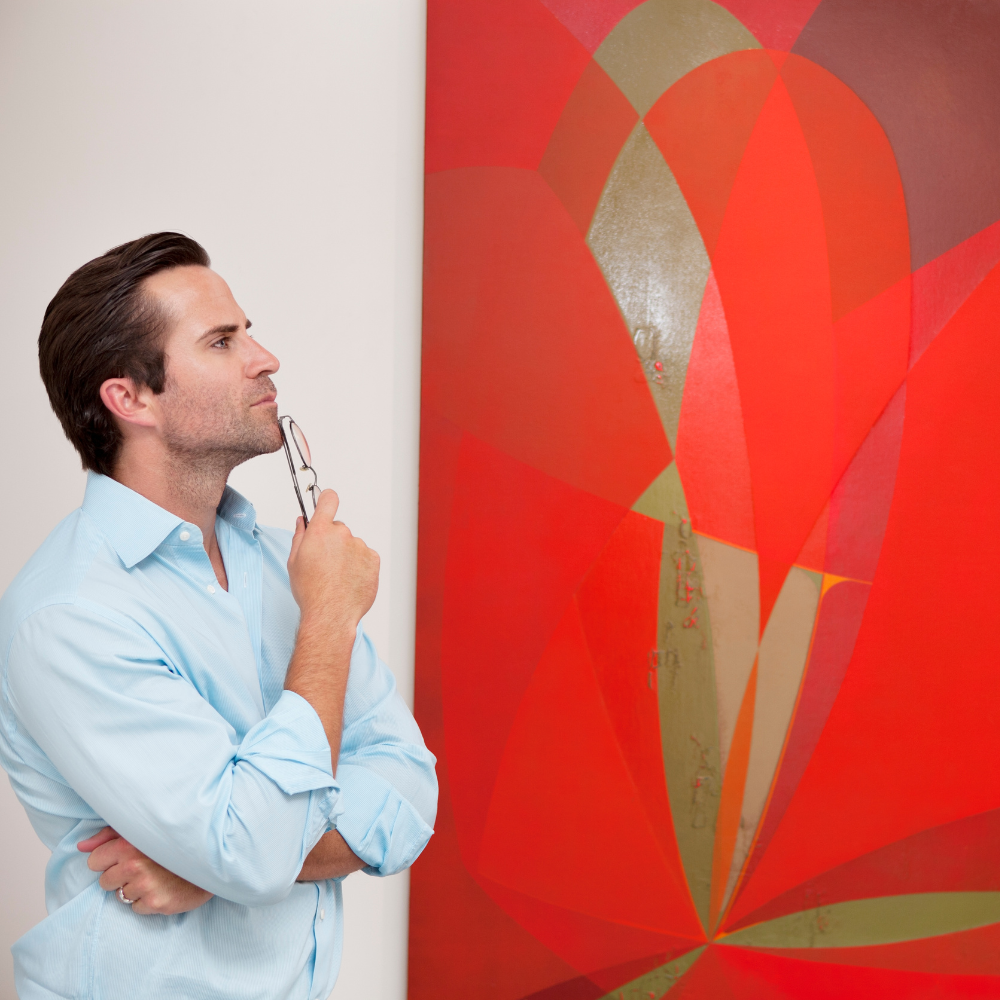

Unlocking the Power of Constructive Critique
It's clear that mastering the art of critiquing is akin to holding a key that unlocks deeper connections with the world of art.
By following the structured steps of description, analysis, interpretation, evaluation, and conclusion, we can engage with artwork in a meaningful way.
This process not only benefits the viewer but also provides artists with constructive feedback that can inform their future work.
By embracing the structured journey from description to conclusion, we not only enrich our own artistic appreciation but also empower creators with the insights needed for their evolution.
Let's remember, the essence of critique lies in its ability to foster growth and understanding, bridging the gap between viewer and artist with every thoughtful observation.
As we continue to explore and critique, we contribute to a cycle of continuous improvement and deeper artistic engagement, making the world of art an ever more vibrant and inclusive space.
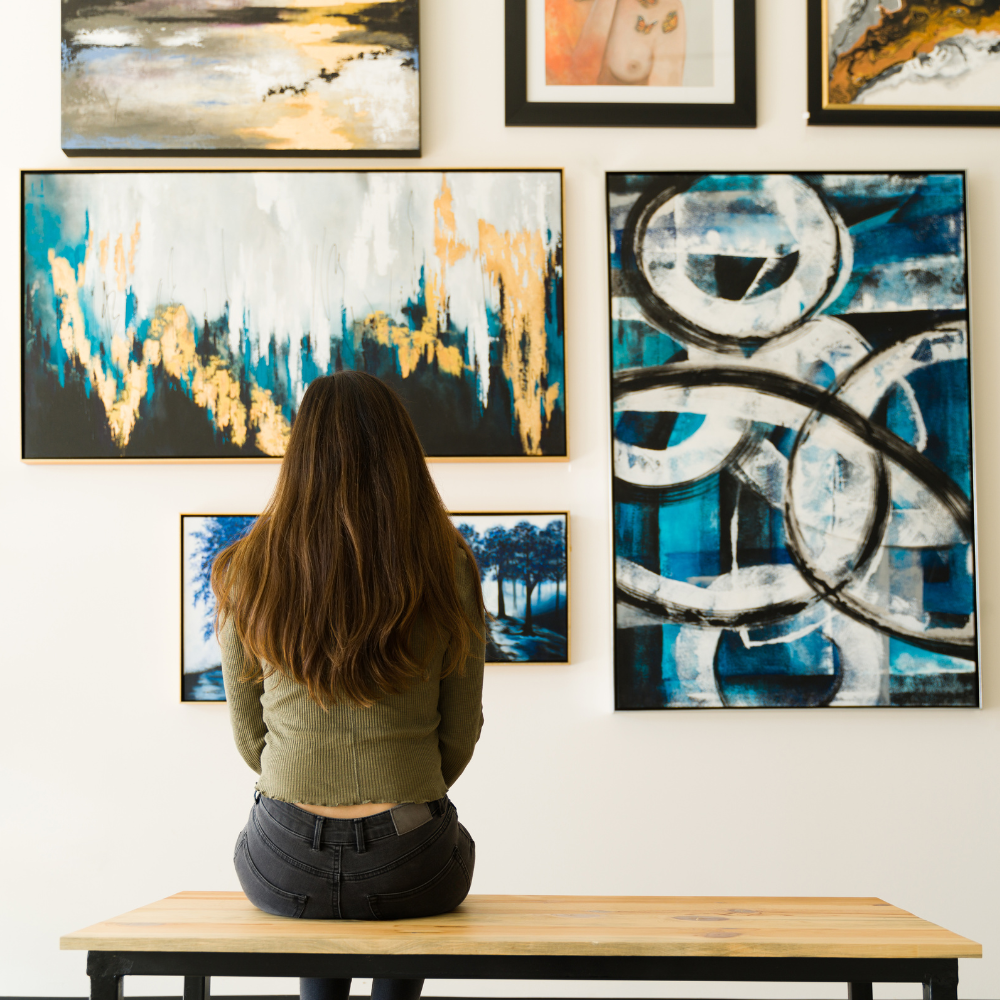
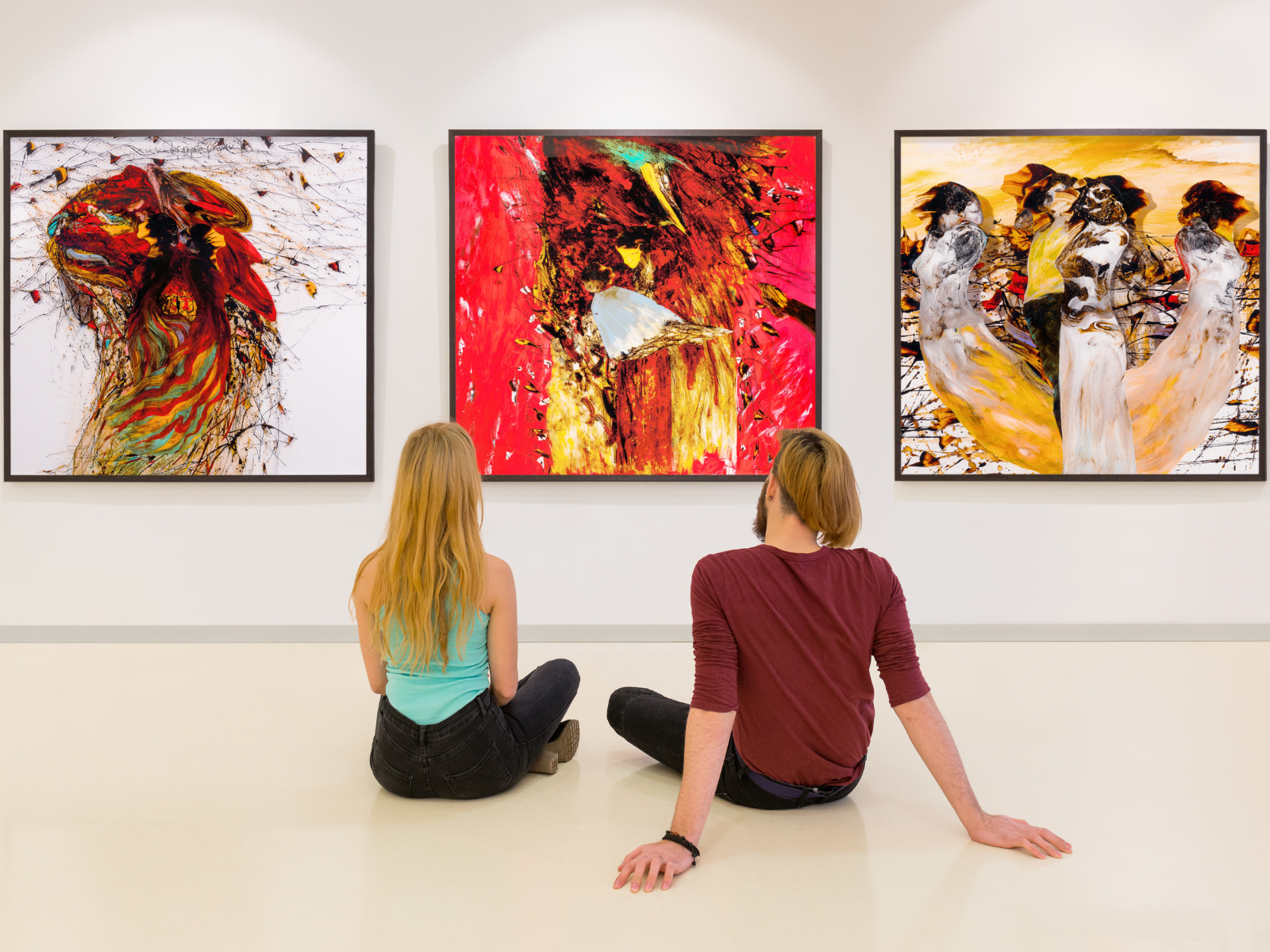
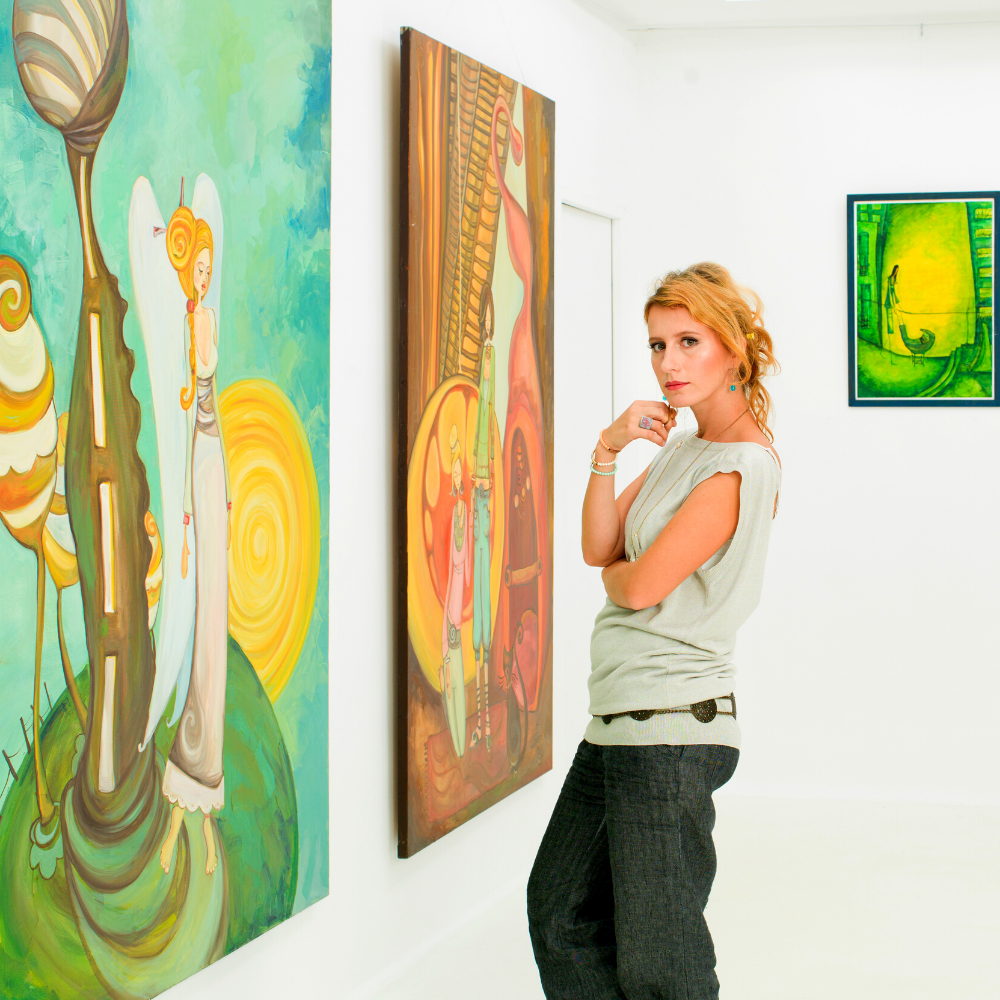
Critiquing FAQs
Diving into the world of art and creativity, critiquing plays a pivotal role in the growth and development of artists and their work.
Whether you're an aspiring critic, an artist seeking feedback, or simply an art enthusiast looking to deepen your understanding, navigating the critique process can be both enlightening and daunting.
These FAQs are designed to shed light on common inquiries surrounding the art of critiquing.
From understanding the importance of a structured critique process to applying critique principles across various forms of creative work, and ensuring feedback is constructive rather than just critical, we've got you covered.
Let's explore these questions together, enhancing our appreciation and approach to art and creativity.
Why is it important to follow a structured process when critiquing art?
Following a structured process ensures that the critique is thorough, balanced, and fair. It helps the critic to consider all aspects of the artwork and to provide feedback that is both insightful and constructive.
Can the steps in critiquing be applied to other forms of creative work?
Yes, the steps in critiquing can be adapted to critique other forms of creative work, such as literature, music, and performance. The principles of description, analysis, interpretation, evaluation, and conclusion are universal in the critique process.
How can I ensure that my critique is constructive and not just critical?
To ensure that your critique is constructive, focus on providing feedback that is specific, evidence-based, and aimed at helping the artist improve. Avoid personal attacks and consider the artist's intentions when evaluating their work.


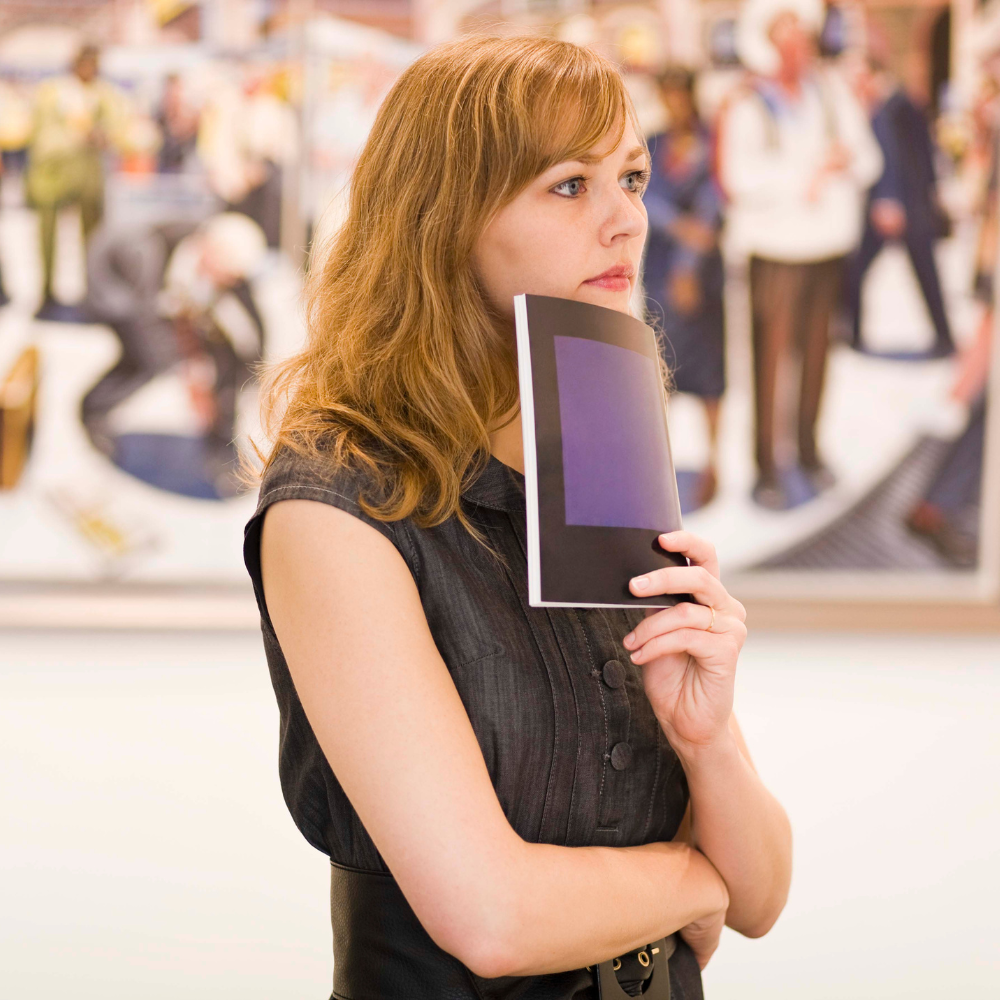
Interested in learning more about the art of critique? Check out Art Prof: Create & Critique's video!
Want even more content about creativity and art?
Be sure to check out all of our creative chronicles!
Eager to explore art, creativity, and critiquing?
Check out some of our other articles:
-How do you analyze and critique art?
-What is the hardest part of an art critique?
-What questions can you ask while evaluating art?
-How do you evaluate a piece of art?
-What are the four major areas of art criticism?

